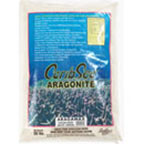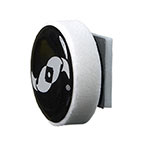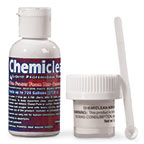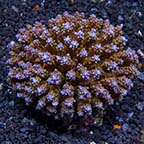
Additional locales and sizes may be available!
Additional locales and sizes may be available! Email me when availableQuick Stats
What do these Quick Stats mean? Click here for more information
What do these Quick Stats mean? Click here for more information
Overview
The Octopus will do best in an aquarium if provided with plenty of live rock and ample hiding places and a large area in which to move. It prefers an aquarium with caves and medium to coarse substrate with low lighting levels. The ideal lighting for this aquarium is dim actinic lighting.
The Octopus can be surprisingly strong, so in the home aquarium, it is best to anchor the rocks, or even glue them together to keep the Octopus from toppling the rocks into the glass or onto itself. Cover all tank openings very well or it will try to escape. The Octopus is sensitive to high levels of nitrates and copper-based medications. It can be very difficult to acclimate into a new environment.
Always approach the Octopus slowly to avoid causing it to release its ink cloud in defense. In the aquarium, this release of ink will necessitate a large water change to avoid its death.
It is an extremely difficult species to breed in an aquarium.
The Octopus can be fed shrimp and mussel meat. It will also eat live crayfish and feeder shrimp. Any live foods should be fed spirulina based dry foods, plankton, and krill to enhance their nutritional value.
Please Note: Maximum size of Octopus sp. will vary upon assorted species. Octopus are measured by body length.
Approximate Purchase Size: Small 1 1/2" to 2"; Medium 2" to 3 1/4"; Large 3 1/4" to 4 1/2"; X Large 4 1/2" to 6"
|
Please note: We guarantee that ALL aquaria species we offer will arrive alive and in good condition. However, because of the increased level of care required for this particular species, it has been designated as "Expert Only." This species is recommended only for the expert aquarist, zoo, or research institution. “Expert Only” aquatic life is exempt from our extended guarantee after their arrival. |












